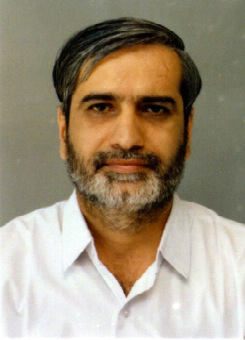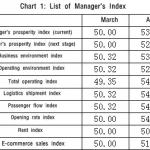 Vietnam is, today, on top of the world thanks to the expectations of the country joining the elite group of TPP beneficiaries of the US duty free imports. Vietnam’s garment and textile sector employs more than 7.7 million people working in 4,000 textile and garment enterprises. Garment and textile exports account for approx. 15% of Vietnam’s GDP and about 18% of total exports. Vietnam exports garment and textile products to more than 180 countries across the world. Vietnamese garment and textile industry’s exports were $24.5 billion. With the TPP, they expect to touch US$30 bn by 2020 out of which, exports to the USA alone could be US$20 bn. Currently, the US accounts for 49 percent of the total exports. The industry uses about 6.8 billion metres of fabric each year out of which only 800 million metres are locally produces and 6 billion metres have to be imported. Chinese textile and apparel firms are now building factories in Vietnam in hopes of taking advantage of the TPP’s planned phase-out of U.S. tariffs on apparel imported from Vietnam.
Vietnam is, today, on top of the world thanks to the expectations of the country joining the elite group of TPP beneficiaries of the US duty free imports. Vietnam’s garment and textile sector employs more than 7.7 million people working in 4,000 textile and garment enterprises. Garment and textile exports account for approx. 15% of Vietnam’s GDP and about 18% of total exports. Vietnam exports garment and textile products to more than 180 countries across the world. Vietnamese garment and textile industry’s exports were $24.5 billion. With the TPP, they expect to touch US$30 bn by 2020 out of which, exports to the USA alone could be US$20 bn. Currently, the US accounts for 49 percent of the total exports. The industry uses about 6.8 billion metres of fabric each year out of which only 800 million metres are locally produces and 6 billion metres have to be imported. Chinese textile and apparel firms are now building factories in Vietnam in hopes of taking advantage of the TPP’s planned phase-out of U.S. tariffs on apparel imported from Vietnam.
However, the entire process of the TPP has got entangled in the political fight in the US. The political view point prevailing there is that “the TPP’s gutting of Buy American policies would newly empower Chinese firms operating in Vietnam to undercut U.S. businesses to get contracts for goods bought by the U.S. government, paid for by U.S. taxpayers. For all firms operating in TPP countries like Vietnam, the United States would agree to waive “Buy American” procurement policies that require most federal government procurement contracts to go to U.S. firms, offshoring U.S. tax dollars to create jobs abroad.” The TPP has, indeed, become controversial. It is feared that this not only would place U.S. textile producers in direct competition with Chinese-owned firms using low-wage labor in Vietnam, but also would eliminate the jobs of workers in Mexico and Central America who now make the clothes that were made in the United States before the NAFTA and CAFTA.
Vietnam is concerned that if the potential TPP is based on the yarn-forward principle then it will be compelled to locally produce raw materials to manufacture garments and textiles to be exported to other TPP member countries. The yarn-forward principle mandates every stage of garment and textile production (such as sourcing/developing of raw materials, weaving, dyeing, finishing, and sewing) to be executed in Vietnam or 11 other TPP member countries. Unless this requirement is met, the products will not be eligible for a duty-free export to other TPP member countries. At present, Vietnam buys roughly 80 percent of fabrics for basic garments from China.
Vietnam, however, is willing to be flexible with the U.S. for admission into the Trans-Pacific Partnership trade block. The government has denied that Hanoi is afraid of entering the 12-country trade pact under a yarn-forward rule, which the U.S. is favoring to allay concerns that a more lax, non-yarn-forward entry would enable it to use Chinese raw materials, gaining an unfair competitive advantage. The government feels that in the short-term it would limit feedstock imports from China but would provide long-term benefits by encouraging investment in new raw-material mills.
India has offered a USD 300 mn line of credit for trade diversification and strengthening of commercial ties with Vietnam. SRTEPC sources say that the Line of Credit is to set up a “Textile Park” in Vietnam. They feel that Indian companies should set up production facilities and have tie-ups with their Vietnamese counterparts. The Indo-Vietnam scenario in the textile and clothing sector was very aptly summarised by Indian Consul in Ho Chi Minh City Manoj Kumar who said : “Although India and Vietnam have their own advantages, if they complement each other, the achievement will be greater. Therefore, instead of competing with each other, the textile industries of the two countries should cooperate for mutual benefit.”
G.D. JASUJA
Managing Editor





